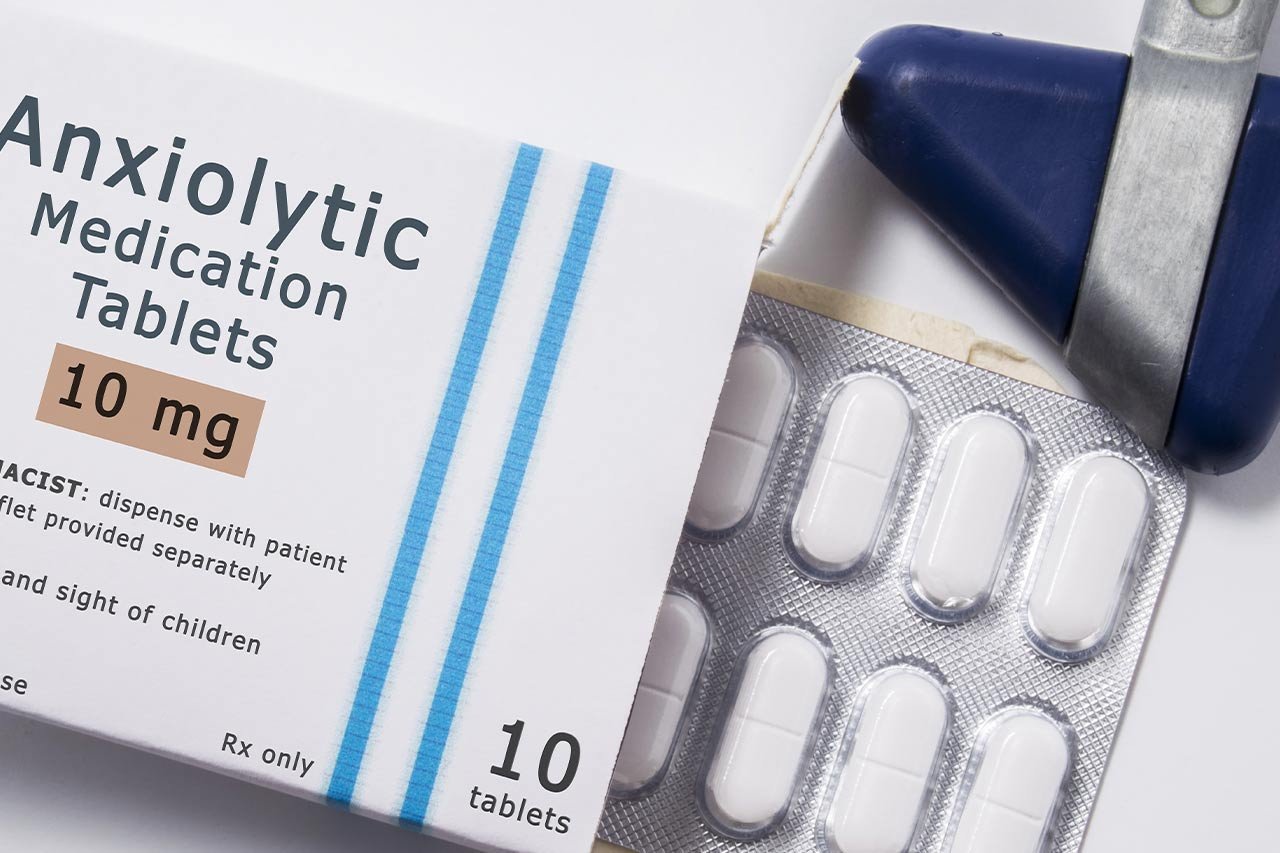Anxiolytic Drugs – This book covers the entire syllabus of “Pharmacology” prescribed by BNMC- for diploma in nursing science & midwifery students. We tried to accommodate the latest information and topics. This book is an examination setup according to the teachers’ lectures and examination questions.
At the end of the book, previous questions are given. We hope in touch with the book students’ knowledge will be upgraded and flourish. The unique way of presentation may make your reading of the book a pleasurable experience.
Anxiolytic Drugs
Drugs that reduce the physiological anxiety, tension and agitation but do not have therapeutic effect on disturbance of cognition and perception are called anxiolytic drugs.
Classification of anxiolytic drugs:
1. Benzodiazepines:
➤ Diazepam
➤ Oxazepam
➤ Lorazepam
➤ Nitrazepam
➤ Temazepam
➤ Chlordiazepoxide
2. Propyl alcohol: Meprobamate.
3. Barbiturate: Phenobarbitone.
4. Misceilaneous:
➤ Benzoctamine
➤ Oxypertine
➤ Hydroxyzine
➤ Chlormethiazole
➤ Opipramol
➤ Chlormezanone

Benzodiazepines (BDZS)
The term Benzodiazepine refers the portion of the structure composed of a benzene ring fused to a seven membered diazepine ring. All-important benzodiazepines contain a 5-aryl substituent. They have sedative, hypnotic, anti-anxiety, anticonvulsant and muscle relaxant properties.
Over 2000 BDZs have been synthesised. Important BDZs are Diazepam, Chlordiazepoxide, Flurazepam, 1,orazepam, Prazepam., Nitrazepam, Alprazepam, Halazepam & Oxazepam.
Classification of Benzodiazepines
A. Short acting (t2 < 5 hours):
1. Midazolam
2. Triazolam
B. Intermediate acting (t¹2 8- I 5 hours):
1. Lorazepam
2. Oxazepam
3. Temazepam
B. Long acting (t2 up-to 200 hours):
1. Diazepam
2. Halazepam
3. Nitrazepam
4. Clonazepam
5. Flurazepam
6. Chlordiazepate
7. Chlordiazepoxide
Site of action of Benzodiazepine
1. Limbic system
2. Thalamus
3. Midbrain reticular formation
4. Hypothalamus

Pharmacological action of BDZs (Diazepam):
A. CNS effects:
1. Anxiolytic & tensiolytic effects
2. Sedative & hypnotic effect
3. Anti-convulsant effect
4. Skeletal muscle relaxant effect
5. Anterograde amnesia.
B. Peripheral action: only two actions:
1. Neuromuscular blockade (high dose)
2. Coronary vasodilatation (IV)
Indication of BDZs (Diazepam)
1. Treatment of anxiety.
2. As sedative & Hypnotics.
3. As skeletal muscle relaxant (convulsive disorders)
a. Tetanus
b. Status epilepticus
c. Eclampsia
4. Pre-anaesthetic medication.
5. Nightmares somnambulism (in children).
6. As anticonvulsant (status epilepticus): Diazepam l/v For general anaesthesia (in balanced anaesthesia)
7. For sedation before medical or surgical procedure, e.g.: Endoscopy, Cardioversion
8. Management of alcohol withdrawal syndrome
Contraindication of Diazepam: Myasthenia gravis.
Dose of Diazepam
1. Hypnotic dose: 5-15 mg
2 Lethal dose: 750 mg
Antidote of Diazepam: Flumazenil.
Adverse effects of BDZs (Diazepam)
A. Normal therapeutic dose :
1. Dry mouth
2. Light headache
3. Lassitude
4. Motor incoordination
5. Ataxia
6. Drowsiness
7. Confusion
8. Impair driving skill
B. Acute overdose: Prolong sleep.
C. Tolerance and dependency.
Choice of Benzodiazepines
1. As anti-anxiety: Diazepam.
2. As hypnotics: Temazepam.
3. As anti-convulsant: Lorazepam
4. As anti-tetanus: Diazepam.
5. As anti-depressant: Aprazolam.
6. For epilepsy: Clonazepam (oral)
7. Status epilepticus: Diazepam (l/v)
Drug interaction of BDZs
1. BDZs+ Other CNS depressant: More CNS depression. (other CNS depressant are: alcohol, morphine, nicotine)
2. BDZs+ Alcohol: More absorption of BDZs.
3. BDZs + Caffeine: decrease anxiolytic effect.
4. BDZs + Cimetidine: BDZs toxicity.
BDZ antagonist:
Flumazenil: It is a synthetic Benzodiazepine derivatives Mechanism of action of Flumazenil
Flumazenil
↓
Binds with Benzodiazepine receptors
↓
Competitive antagonism
↓
Reverse the CNS depressant effects (sedation) of Benzodiazepine overdose (antagonism of respiratory depression is unpredictable)
↓
(Overview of the mechanism of action of flumazenil)

Pharmacokinetics of Flumazenil
➤ Onset of action: Rapid
➤ Duration of action: 0.7 1.3 hours.
➤ Metabolism: Rapid (liver)
Adverse effects of Flumazenil
➤ Agitation
➤ Confusion
➤ Dizziness
➤ Nausea.

Read More…
